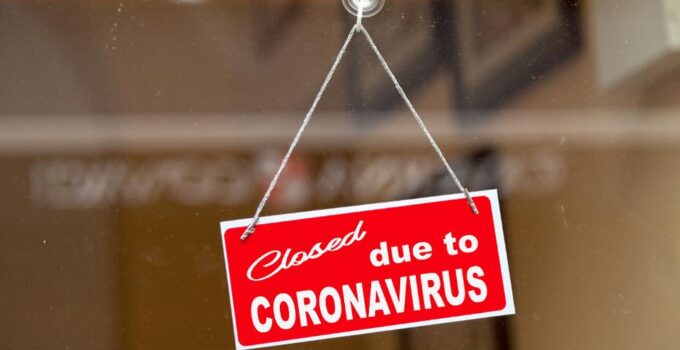The novel coronavirus outbreak has ushered in a new normal for the restaurant industry in the United States. The response from restaurants can be classified into two categories: first, temporary closure and second, shift to take-out and delivery only. The stay-at-home orders from nearly all 50 states have obviously influenced restaurants to take one of these two options.
Temporary Closures Are Widespread
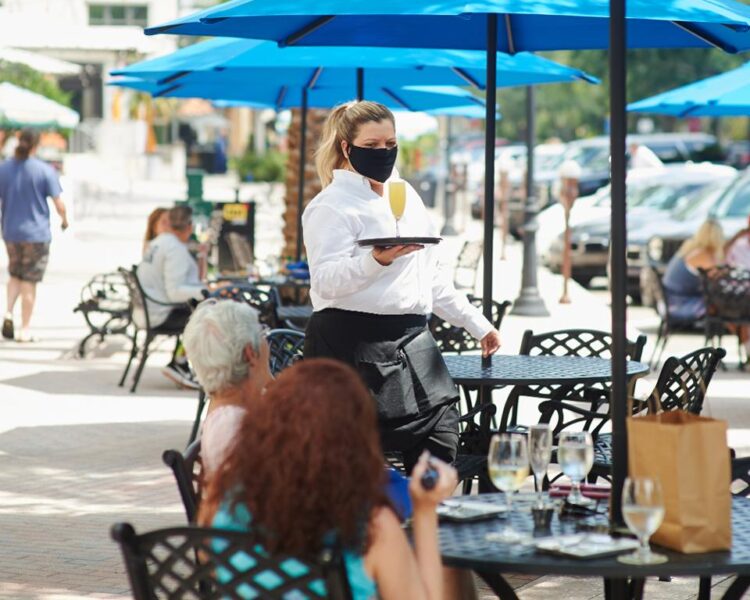
source:forbes.com
Sadly, many restaurants have chosen to temporarily close their operations for many reasons. Millions of people have lost their jobs or are in danger of losing their jobs, while millions more are teetering on the brink of business bankruptcy, thus, seeking law firms like kanialaw.com for legal advice. With this scenario, there’s obviously less need to indulge in fancy dinners and the like.
There’s also the fact that many restaurants specialize in dine-in services, such as Cheesecake Factory, and don’t offer takeout and delivery services. Even the elite will likely not get their fine dining fix under the stay-at-home orders, particularly with the increasing number of confirmed cases and deaths from Covid-19. On some days, the daily deaths were nearly 1,000 persons and that’s a disturbing trend indeed.
We cannot blame these restaurants either for their decision to temporarily close their doors. With cancellations left and right as well as a dearth of new reservations, it’s best for the bottom line to shut down operations, if only temporarily.
Focus on Delivery and Takeout
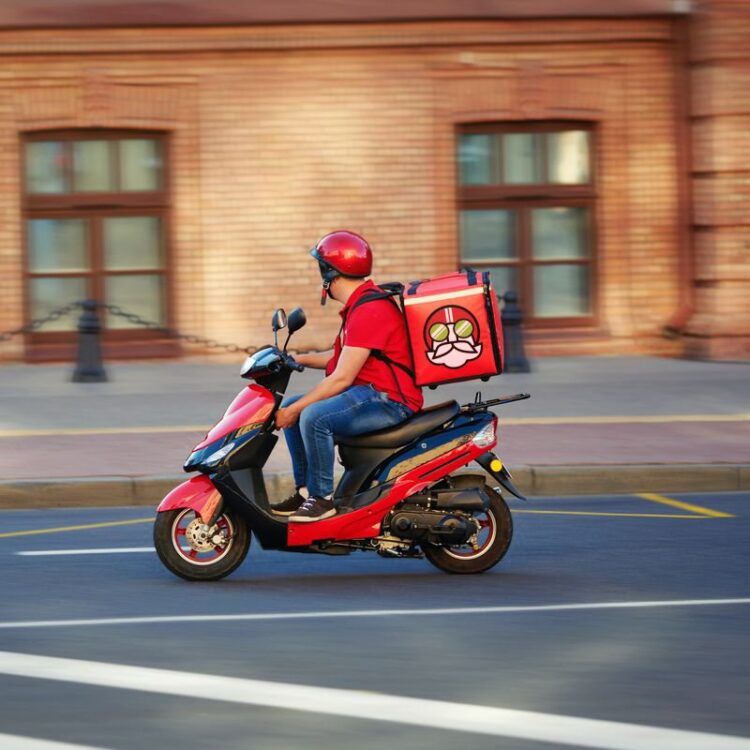
source:alideda.com
And then there are the restaurants that decided to continue their operations but with significant changes. For one thing, there’s more focus on the delivery and takeout services, as well as on drive-thru services. This is a logical move considering that many people will not want to go out for restaurants runs but will still want to eat restaurant food.
There’s evidence, too, that the delivery and takeout services are on the spike. Fast-food chains are among the ones that have jumped on the opportunity to improve their delivery and takeout services. This isn’t surprising as more resources can be poured into these services to improve their delivery and takeout services, in part with new systems from https://www.rssts.com/drive-
Aside from such renewed focus, many restaurants are also offering incentives for customers to patronize their delivery services. These include discounted delivery fees, perhaps even free delivery, and contactless delivery where the meals are placed on the doorstep only.
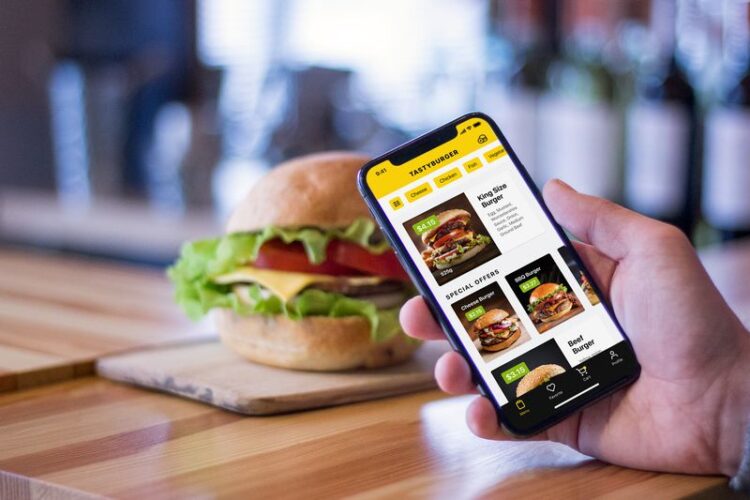
source:sandiegomagazine.com
For another thing, many restaurants have also expanded their services or offered new services to continue their business operations sans dine-in. Examples include restaurants that offer to buy groceries for their customers who are experiencing difficulty in this regard. We surmise that the elderly, the at-risk population and families with these cohorts are regular customers.
Emphasis must be made that the U.S. Centers for Disease Control and Prevention (CDC) has said that the novel coronavirus likely spreads via person-to-person transmission. This is mainly through the spread of respiratory droplets when an infected person coughs, sneezes and even speaks in close proximity to others.
The CDC, however, hasn’t reported cases of food transmission where persons are infected with the novel coronavirus through handling of food including delivery materials. The infection risks are also significantly lower when touching delivery materials and food in comparison with face-to-face interactions with delivery personnel and restaurant employees.
But if you aren’t comfortable with the thought of food deliveries, you still have the option of making homecooked meals. In these uncertain times, you have to do what’s right for you.
With that said, we’ve observed these measures being observed by reputable restaurant chains as part of their pandemic response. These measures are designed to protect both their employees and their customers from being infected with the coronavirus while in the premises.
Restaurants that remain open albeit on a limited scale follow federal and state government guidelines. Many of them have issued statements to this effect, too.
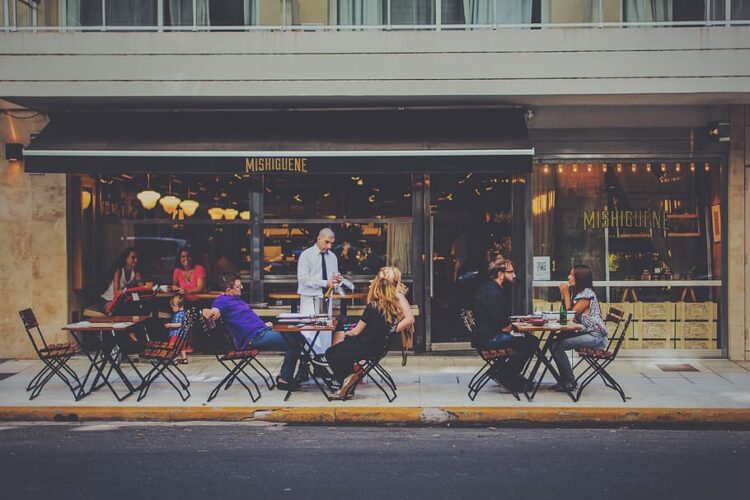
source:pxfuel.com
The number of customers inside the restaurants has been reduced, too, as part of social distancing measures. The occupancy rate in some restaurants have been halved, too, and the customers are asked to maintain at least six feet of physical distance. In most fast-food restaurants, there are actually no dine-in customers.
The disinfection protocols are stricter now. Customers entering a restaurant, for example, may be asked to disinfect their hands with alcohol or wash their hands first. Tables, chairs and other surfaces are disinfected after every contact while communal items are also disinfected regularly.
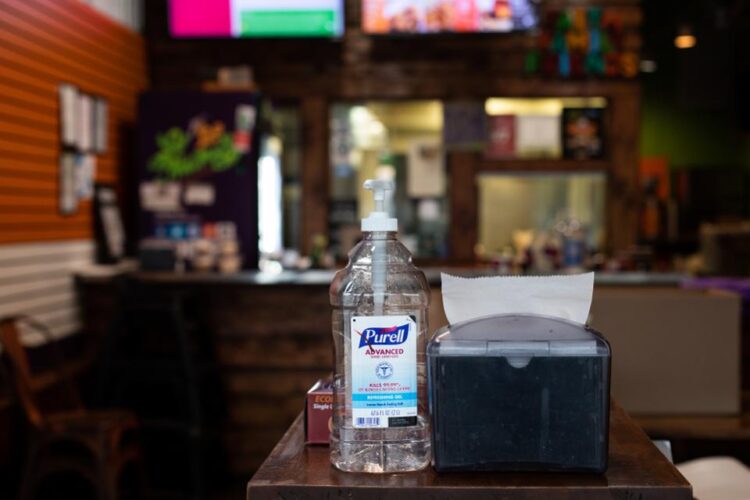
source:forbes.com
There are steps to streamline services for limited contact between the employees and customers. These include less number of people handling the to-go packages and delivery orders.
The novel coronavirus pandemic is something that the world hasn’t experienced for a hundred years because of its scope. But it is what it is and the restaurant industry has to find creative ways to survive the uncertain times.
In these uncertain times, a few websites such as PriceListo have risen to aid consumers in comparing menu prices across various restaurants and business establishments.
It isn’t just about the bottom line for the shareholders, owners and investors, even of the creditors, of these restaurants. It’s also about the livelihood of millions of restaurant industry workers. So, if you can do something to help, such as ordering through delivery, you’re doing your part in fighting the pandemic while you stay at home.

